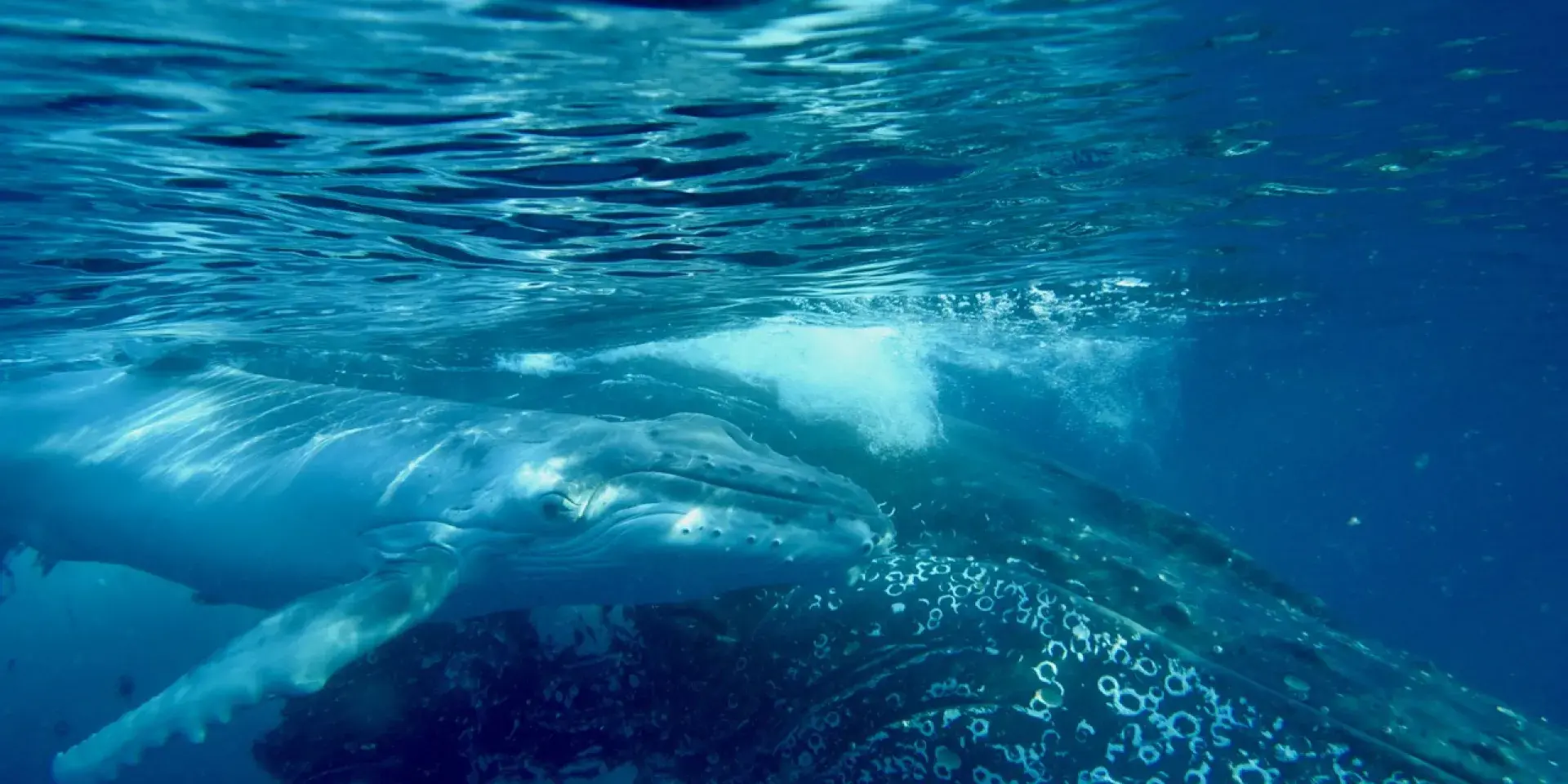An international team of researchers have uncovered a previously undetected language-like structure in the calls of humpback whales that was thought to be unique to human language.
Whale song exhibits systematic structure, however, until now, there was little evidence that this structure was like that of human language, the researchers say.
Language has long been considered a uniquely human trait, with features that mark it out as distinct from the communication of all other species.
The team says the findings suggest that structure arises from cultural evolution because, like humans, whale song is transmitted culturally, meaning that whales learn their communication systems from each other.
Research team
The research, led by researchers from the Hebrew University, the University of St Andrews and the University of Edinburgh, is a unique collaboration between linguists, developmental scientists, marine biologists and behavioural ecologists.
The team used methods inspired by how babies discover words in speech, and applied them to eight years of humpback whale song data collected in New Caledonia, in the South-West Pacific Ocean.
Human language has recurring parts whose frequency of use follows a particular pattern. In humans, these properties help learning and may come about because they help language be passed from one generation to the next, the researchers say.
Statistical patterns
The team found a previously undetected structure in whale song that has the same statistical patterns of sound elements found in human languages.
They detected recurring parts with a frequency which closely followed a particular skewed distribution, not previously found in any other non-human animal.
Researchers say the findings provide crucial insights into the evolution of complex communication across the animal kingdom.


